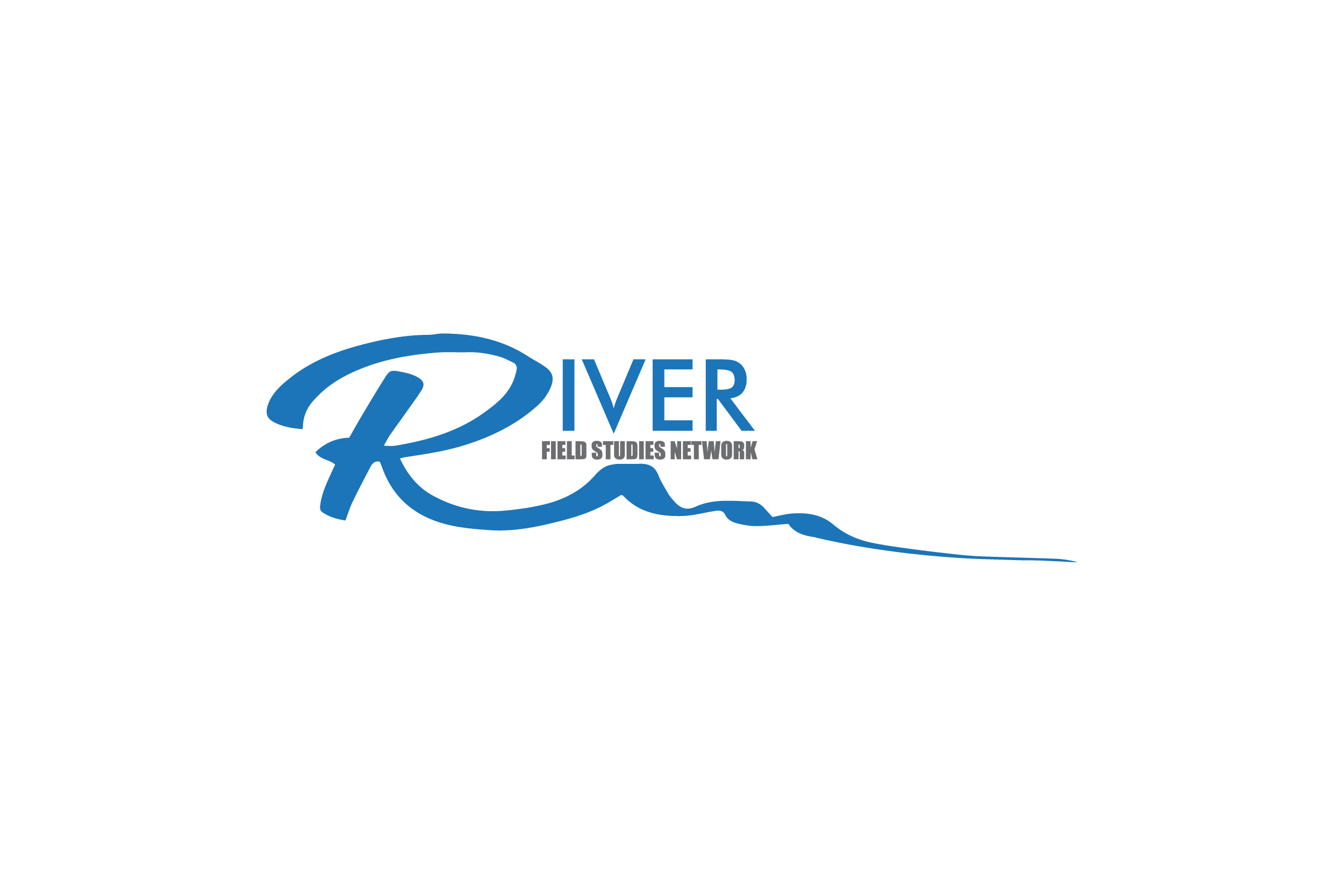Geography and Embodied Perceptions: a pathway to reanimating rivers through lived experiences.
Author(s): Flora Brain1, Christiana Saldana2
1. Mattole Restoration Council 2. California State University, Los Angeles
414 total view(s), 418 download(s)
Geography and Embodied Perceptions Lesson Plan_2024.pdf(PDF | 4 MB)
Worksheet-Geography and Embodied Perceptions_2024.docx(DOCX | 520 KB)
Geography and Perceptions Lesson_Intro Video Part 1 Saldana.mp4(MP4 | 32 MB)
Geography and Perceptions Lesson_Intro Video Part 2 Brain.mp4(MP4 | 75 MB)
Geography and Perceptions Lesson -Additional Links.docx(DOCX | 22 KB)
- USGS Water Data for the Nation
- https://waterdata.usgs.gov/monitoringlocation/09504420/#parameterCode=00065&period=P365D
- https://www.tiktok.com/@azstateparks/video/7211341176299916587?_r=1&_t=8anODhWsOyJ
- https://www.fs.usda.gov/recarea/coconino/recarea/?recid=74380
- License terms
Description
In this lesson we seek to greet students' understanding of a river and then embark upon a journey through the many ways we come to know and understand a watershed, with foci on its physical geography and the students’ embodied perceptions. This will enable students to formulate a holistic understanding of the value of watersheds, situating any future discipline-specific foci within a broad understanding of what watersheds mean to humanity. This lesson is appropriate for undergraduates; ideal field class size is between 8-20 students. Required site conditions are simply the bank of any river or stream channel, ideally with some surface water present. Equipment needs are minimal; map, notebook and pencil are required. Written data will be collected in notebooks, analyzed together within the student group and subsequently by instructors. The “data” will address questions of geography and philosophy, such as “what is a watershed?” “what are the physical components of a watershed?” “what does my body perceive about this river or stream?” and “what do my sensory perceptions of this place make me feel, or ask, or think of?” This lesson has broad applicability across different regions. It complements quantitative scientific river-based field lessons by actively grounding students’ understanding of humanity’s inherent subjectivity in their perceptions of rivers. The intent of this lesson is to engage with subjectivity, connecting students with the riverine place they are in through an exploration of their perceptions and feelings, ultimately deepening their relationships with rivers and places.
Cite this work
Researchers should cite this work as follows:
- Brain, F., Saldana, C. (2024). Geography and Embodied Perceptions: a pathway to reanimating rivers through lived experiences.. River Field Studies Network, QUBES Educational Resources. doi:10.25334/7NNQ-3762
